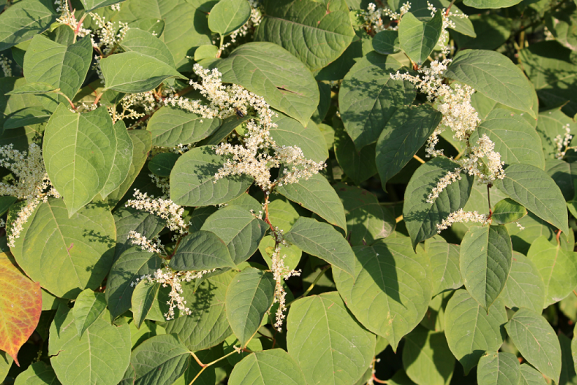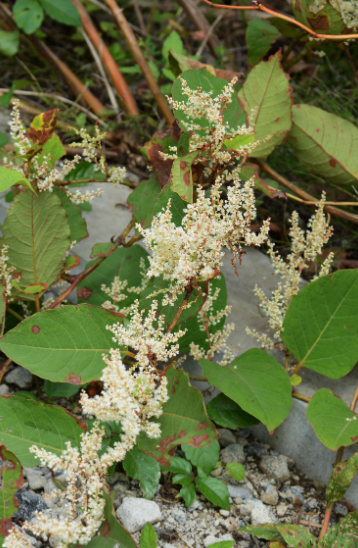Why worry about Japanese knotweed?
Japanese Knotweed may not look like a problem as it is actually quite an attractive looking plant. However, it would be wise not to be fooled by its beauty. This destructive plant costs Britain an estimated £165 million annually and has now been listed by the World Conservation Union as one of the worst invasive species in the world.
This invasive plant can potentially drastically reduce the value of your property as it is capable of bursting through any holes or cracks in masonry and concrete. An increasing amount of banks and building societies have been refusing to provide mortgages for properties affected by the invasive plant without a treatment programme in place. Homeowners must remain alert and check gardens for any suspect plants as the invasive weed can potentially devalue a property by tens of thousands of pounds. Luckily, all this potential property damage can be avoided by knowing how to identify the invasive plant in summer and having the plant treated before it can cause any significant damage.
What does Japanese knotweed look like in summer?
In contrast to spring where Japanese Knotweed is notoriously difficult to identify, the plant is much easier to spot in summer. Japanese Knotweed grows at an incredible rate of 10cm per day when it emerges in spring and it is common for the plant to have reached 2-3 metres in height in summer. During summer, Knotweed forms dense clumps of foliage with the green leaves accompanied by a number of small yellow flowers. As summer progresses, these yellow flowers will gradually turn white as autumn nears. The green leaves are quite distinctive, shaped like a spade with a pointed tip and straightened edge.The stems from summer should still be apparent and you should notice stems similar to bamboo in a cane like structure. These stems are green with red spots and if broken, they will appear hollow on the inside.
What to do if you suspect Japanese knotweed
If you suspect you have Japanese Knotweed on or anywhere near your property, it is important to get the suspected plant examined immediately before it grows out of control and causes any damage to a property. While you are not legally obliged to treat Japanese Knotweed on your property, you can be liable should the plant spread onto neighbouring land.
If you notice any suspicious plants near your property then upload your photos for free to Wise Knotweed Solutions and our expert surveyors will let you know if the suspect plant is indeed Japanese Knotweed.
Author: Jake Ryan of Wise Knotweed Solutions
 |
 |
 |